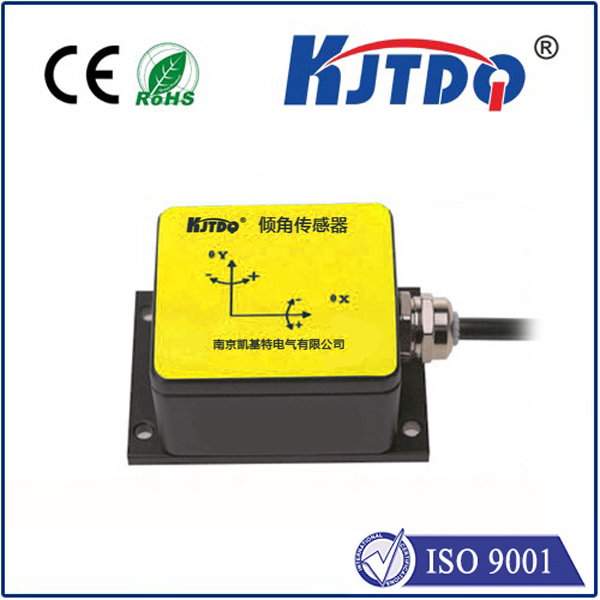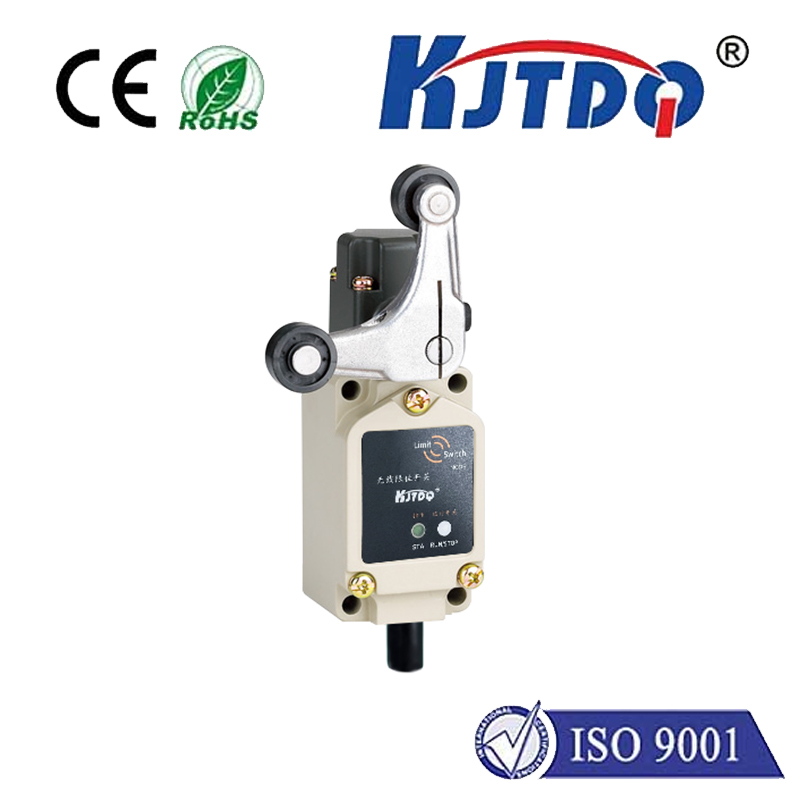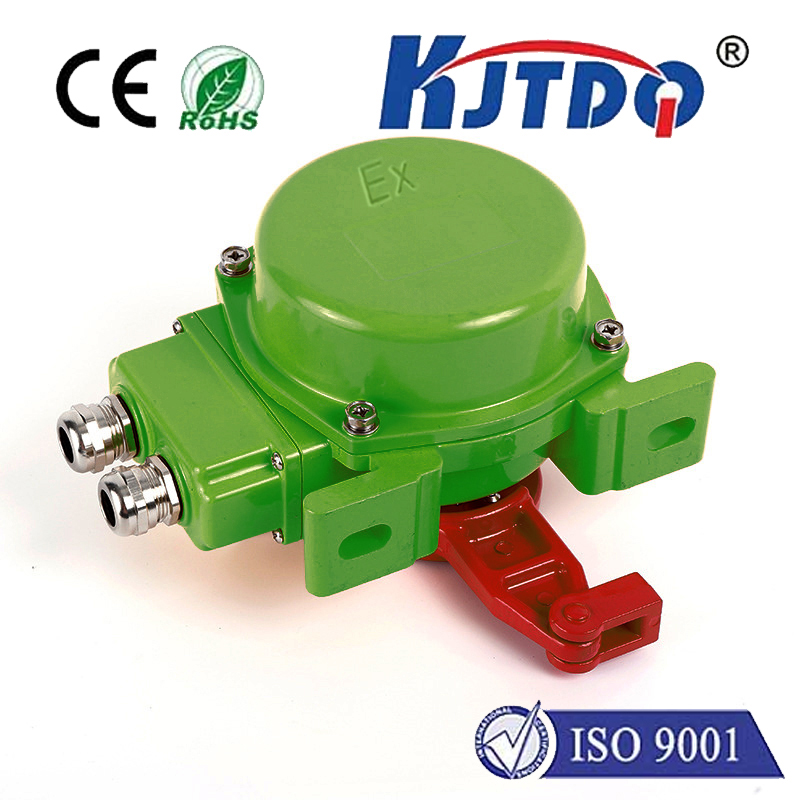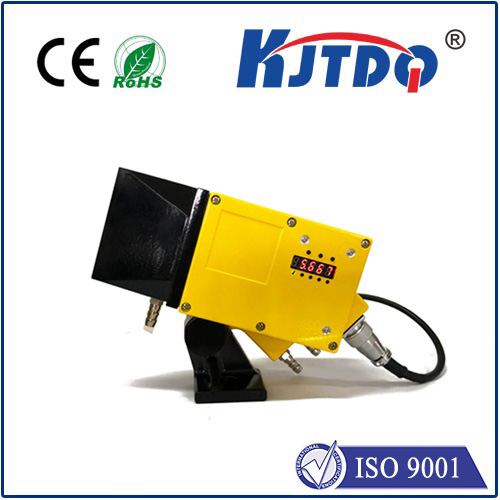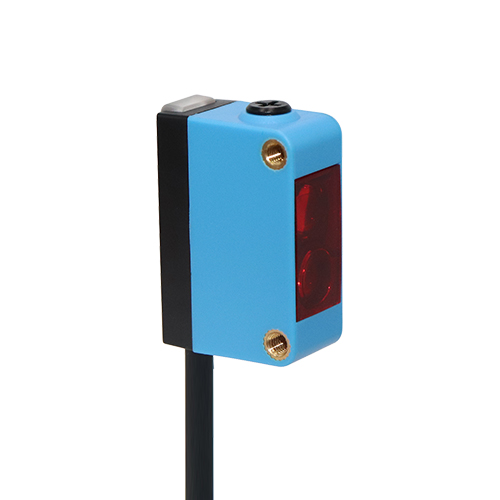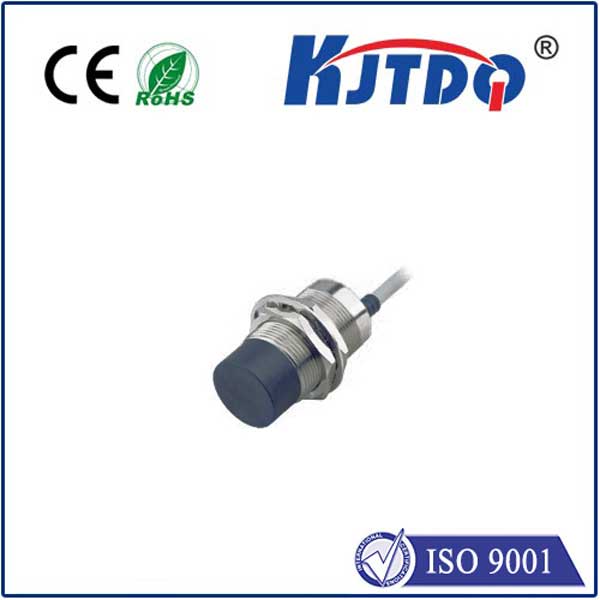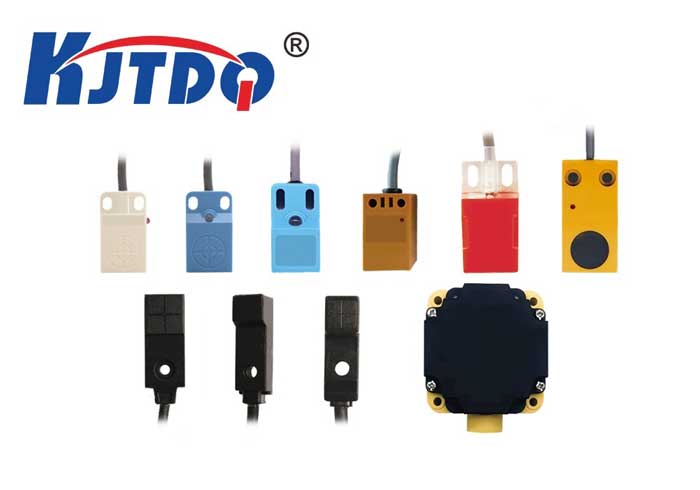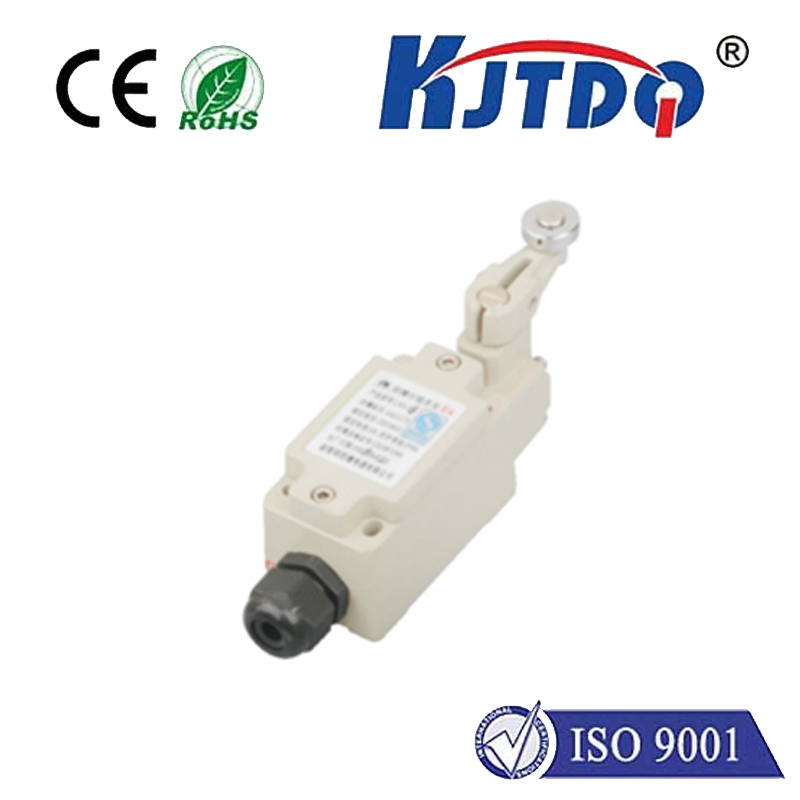конденсаторный и индуктивный датчики
- time:2025-06-18 01:44:19
- Нажмите:0
Capacitive vs. Inductive Sensors: Selecting the Ideal Proximity Detection Solution
Invisible threads of technology orchestrate the modern world, often relying on silent sentinels to detect presence, measure levels, or ensure safety. Among these crucial components, конденсаторный датчик and индукционный датчик stand out as fundamental pillars of proximity sensing, each operating on distinct physical principles. Understanding their differences, strengths, and ideal applications is paramount for engineers and designers tasked with implementing reliable automation and control systems. This guide dives into the fascinating world of these two ubiquitous technologies, empowering you to make informed choices for your next project.
Feeling the Field: The Essence of Capacitive Sensing
Capacitive sensors function by detecting changes in an electrostatic field generated between the sensor’s active surface (the electrode) and a ground reference. Think of it like an invisible bubble emanating from the sensor face. When any material—be it a conductor like metal, an insulator like plastic, wood, or even a liquid—enters this field, it alters the capacitance (the ability to store electrical energy) of the system.

- Principle: The sensor forms one half of a capacitor; the target object (or the background) becomes the other half, or influences the field path to ground. The sensor monitors the oscillation frequency or amplitude shift caused by this capacitance change.
- Detection Capabilities: This core principle grants capacitive sensors a unique versatility: They can detect virtually any material. This makes them exceptionally valuable for:
- Level Detection: Monitoring fill levels of liquids, granules, powders, or pellets in tanks or silos (glass, plastic, or metal containers).
- Presence Detection: Verifying the existence of non-metallic objects like plastic bottles, wood blocks, cardboard boxes, or even detecting fingers (think touchscreens).
- Thickness Measurement: Gauging material thickness by the change in capacitance between the sensor and a grounded roller or surface.
- Key Advantages: Material versatility, ability to detect through certain non-metallic barriers (like thin walls or plastic containers), suitability for organic materials and liquids.
- Considerations: Performance can be influenced by environmental factors like humidity or dust buildup (which act like dielectric changes), and requires calibration for the specific target material and background conditions. Detection range is generally shorter than inductive sensors for metallic objects.
Inducing Currents: The Core of Inductive Sensing
Inductive sensors, in stark contrast, are built for the metallic world. They operate based on electromagnetic induction, the same principle underlying transformers and electric motors.
- Principle: The sensor contains an oscillator circuit that generates a high-frequency electromagnetic field radiating from its sensing face. When a conductive metal object enters this field, eddy currents are induced within the target. These eddy currents draw energy from the sensor’s oscillator circuit, causing a measurable decrease in its oscillation amplitude. A threshold circuit detects this amplitude drop and triggers the sensor’s output.
- Detection Capabilities: Inductive sensors are the undisputed champions for detecting metallic objects within their range. Common targets include steel, aluminum, brass, copper, etc. They are largely unaffected by non-conductive materials like plastic, wood, paper, or liquids in their vicinity (as long as those materials don’t shield the metal target).
- Key Advantages: Highly reliable detection of ferrous and non-ferrous metals, excellent immunity to environmental factors like dust, dirt, oil, vapors, and moisture, typically longer sensing ranges than capacitive sensors for metals, robust construction often featuring metal housings (МП67, IP69K ratings common).
- Considerations: Primarily limited to detecting metals. Detection range and behavior vary based on the target metal’s type, size, and shape (ferrous metals like steel are generally detected at longer ranges than non-ferrous metals like aluminum). Completely non-metallic materials remain invisible to inductive sensors.
The Decisive Comparison: Capacitive vs. Inductive
Choosing between these two powerhouses hinges on the specific demands of the application. Consider these critical differentiating factors:
- Target Material:
- Capacitive: Detects metals, plastics, wood, liquids, glass, powders, and other materials. The go-to sensor for non-metallic targets.
- Inductive: Detects metallic objects only. Ideal for ferrous and non-ferrous metal detection.
- Environment:
- Capacitive: Sensitive to changes in humidity, foam, dust buildup, and conductive contaminants, as these alter the dielectric constant around the sensor. Some models offer environmental compensation.
- Inductive: Highly resistant to dirt, dust, moisture, oil, and harsh industrial environments. Their sealed nature makes them workhorses in foundries, machine tools, and washdown areas. Superior robustness for challenging conditions.
- Sensing Range:
- Capacitive: Generally offers shorter nominal sensing ranges compared to inductive sensors when detecting metals. Range depends heavily on the target material’s size and dielectric constant.
- Inductive: Typically provides longer sensing ranges for metallic targets. Range depends on the sensor size/design and the specific metal type/size (ferrous > non-ferrous).
- Material Effects:
- Capacitive: Affected by the dielectric constant of the target and surrounding materials. Background suppression needs careful setup.
- Inductive: Affected by the conductivity and permeability of the metal target. Non-conductive materials in the path generally have minimal impact.
- Typical Applications:
- Capacitive:
- Liquid level control in plastic tanks.
- Granular/powder level in silos.
- Detecting presence of plastic parts, bottles, wood panels.
- Touch interfaces.
- Thin film thickness measurement.
- Inductive:
- Position detection of metal parts on conveyors.
- End-of-stroke detection on cylinders.
- Counting metal objects (bottlecaps, cans).
- Machine tool position feedback.
- Speed sensing of gear teeth.
- Detection through non-metallic walls (if thin).
Making the Optimal Choice
There is no single “best” sensor; the winner depends entirely on the application’s requirements:
- Choose a Capacitive Sensor When: You need to detect non-metallic materials or liquids, measure levels in non-conductive containers, or detect materials through thin non-metallic barriers. Material versatility is paramount.
- Choose an Inductive Sensor When: Your target is metallic, you operate in a harsh industrial environment demanding dust/oil/moisture resistance, and you require a robust, reliable solution for machine automation and control. Durability and metal-specific reliability are key.
Proximity sensing technologies form the bedrock of countless automated systems. Capacitive and inductive sensors, operating on the fundamental principles of capacitance change and electromagnetic induction respectively, provide distinct yet complementary capabilities. By carefully evaluating the target material, the operating environment, and the required sensing range, you can confidently leverage the unique strengths of each sensor type. Whether ensuring a bottling line runs smoothly or a robotic arm positions precisely, selecting the right capacitive or inductive sensor is crucial for achieving reliable, efficient, and cost-effective proximity detection in diverse industrial and technological applications.

